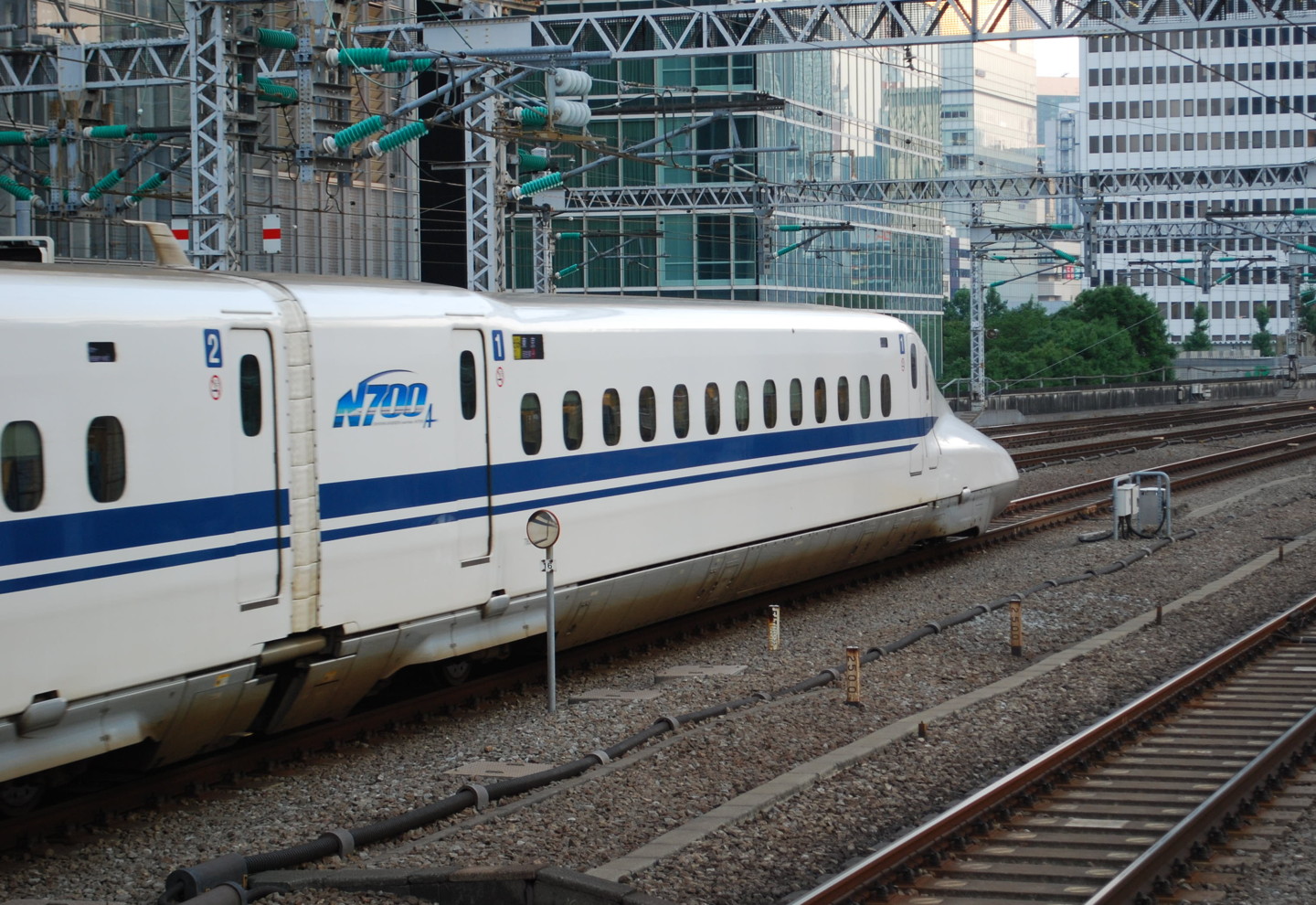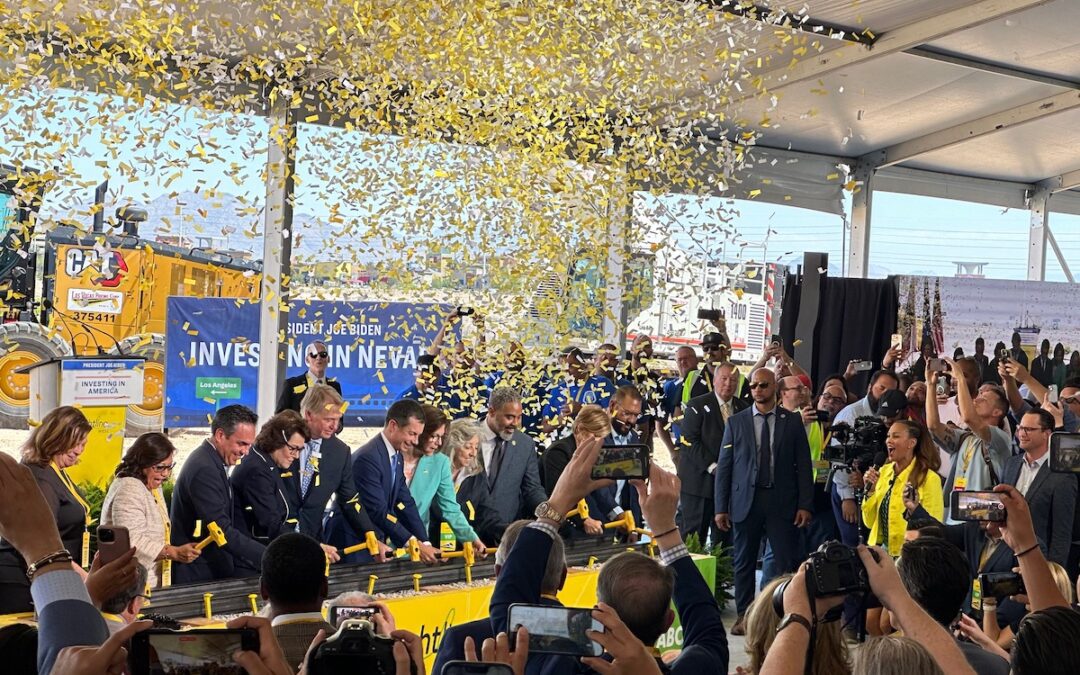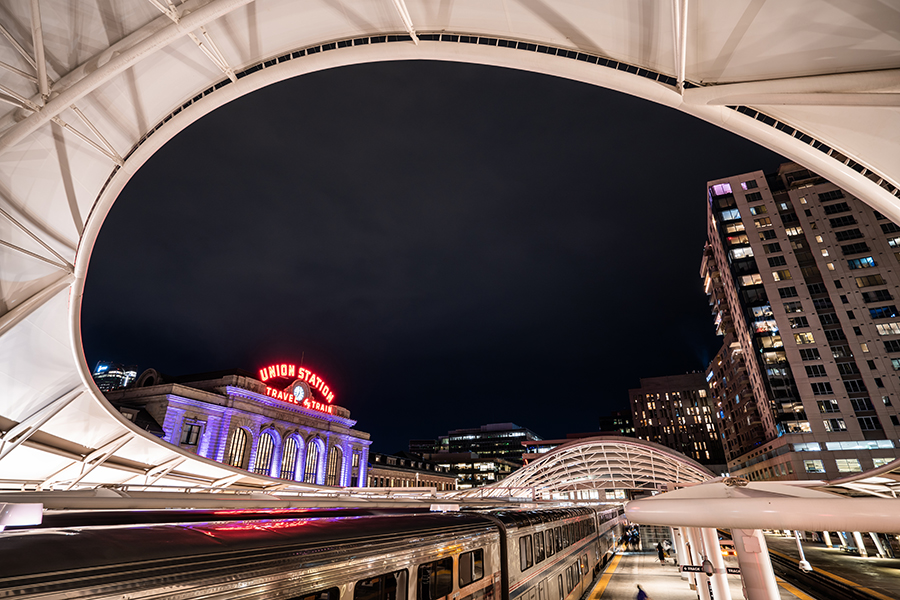The railroad Brightline today broke ground in Nevada on its new Brightline West project. Brightline will use trains traveling up to 200 miles per hour to cut the travel time between Las Vegas and Los Angeles in half. The company already operates successful trains...
The Dallas to Houston high-speed line being planned by Texas Central Railroad is close to clearing a big hurdle to construction.
The Federal Railroad Administration (FRA) is accepting public comments on proposed safety standards (called a “rule of particular applicability”) that will permit Texas Central to build the system according to the Japanese high-speed rail model.
It will feature an adapted version of trains used on the Tokaido Shinkansen line, which runs from Tokyo to Osaka and has not had a passenger fatality or injury since it began operation in 1964.Like the Tokaido Shinkansen, the Texas Central line will be a stand-alone system with no freight trains or highway crossings, and it will be completely fenced off. Because of the system’s safety features, the trains can be lighter than current U.S. standards allow and will run at maximum speeds of 205 m.p.h.
The lighter trains also translate into lower operating costs, lower track maintenance costs, and better acceleration—improvements that will increase the system’s overall performance and economic viability. This is important progress because it sets the stage for new FRA standards that permit lighter trains on a wider scale. That reform is key to the adoption and flourishing of high-speed rail across the U.S.
Travel times for the Dallas-Houston trip will be cut to roughly 90 minutes, which is a savings of at least 2 hours over driving or flying. The interstate that connects the two cities, I-45, is the second deadliest in the U.S.. Texas Central plans to run two trains per hour, each way, for 18 hours each day.
Comments will be accepted through May 11.
The Latest from HSRA
Our Latest Blog Posts
Check out the latest news, updates, and high speed rail insights from our blog!




